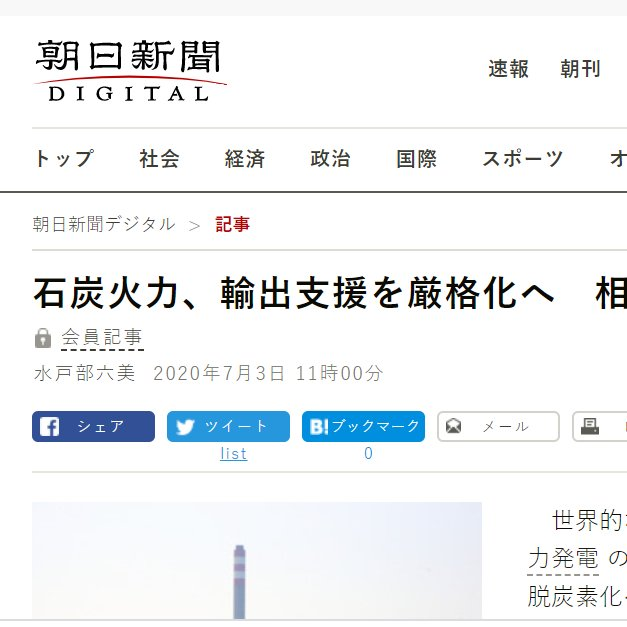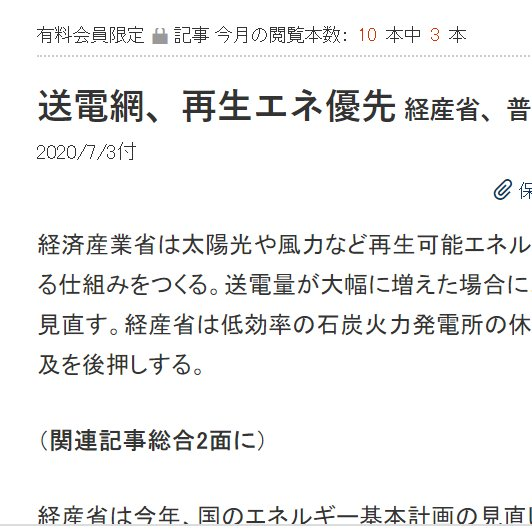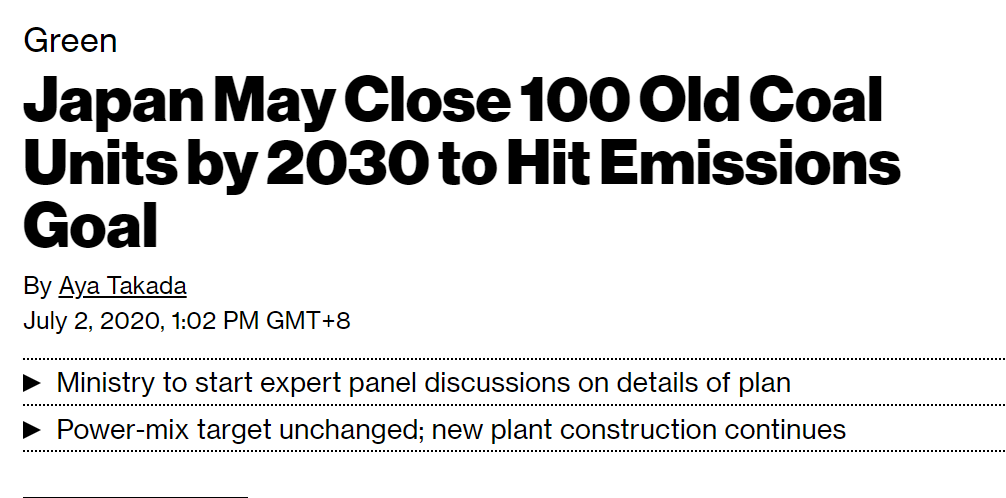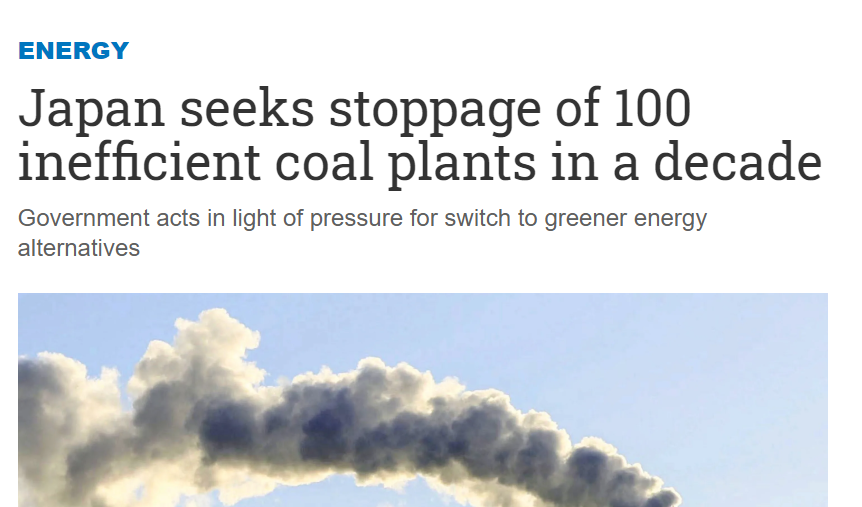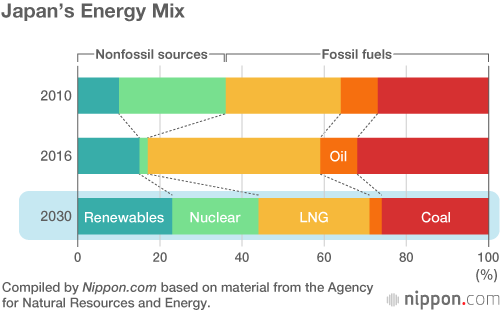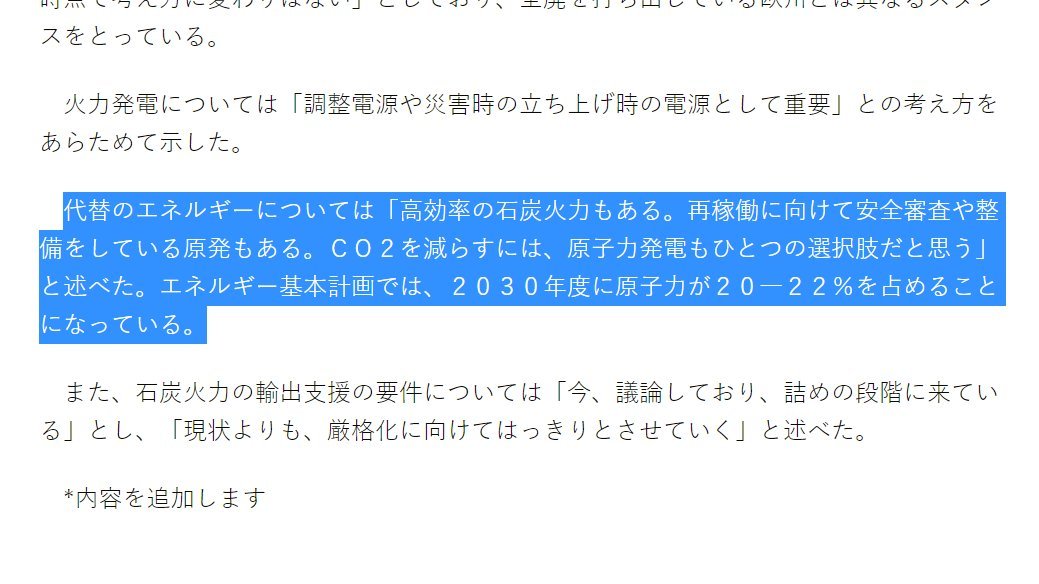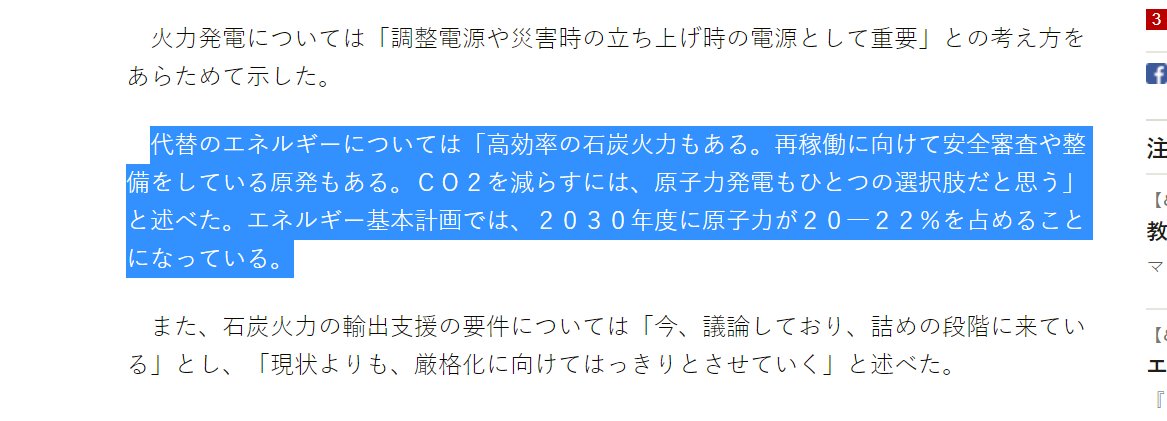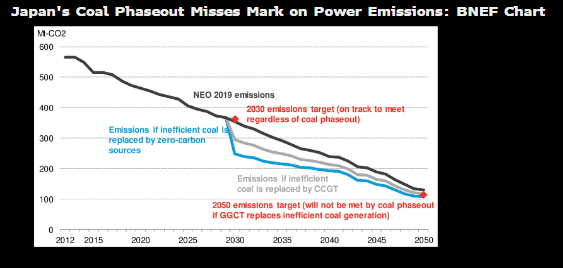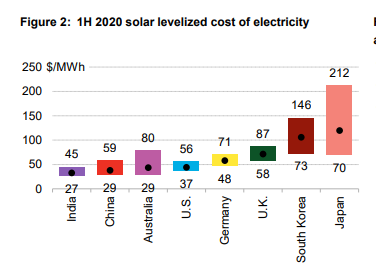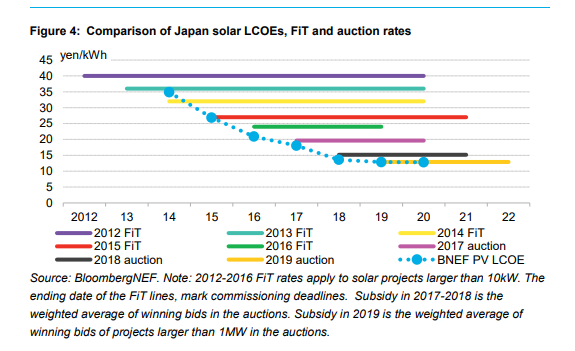1/ Lots of press this week about Japan going green
> Japan to close 100 coal-fired power plants
> Grid operators to give preference to renewables
> Export rules for coal tech will be tightened
Is this actual progress or just window dressing?
It's a bit of both. Let me explain
> Japan to close 100 coal-fired power plants
> Grid operators to give preference to renewables
> Export rules for coal tech will be tightened
Is this actual progress or just window dressing?
It's a bit of both. Let me explain
2/ First, a little background:
In 2015, Japan set long-term power mix targets with an eye on boosting renewables and nuclear power output
Still, coal would makeup 26% of the power mix in 2030, compared to 34% in 2015
In 2015, Japan set long-term power mix targets with an eye on boosting renewables and nuclear power output
Still, coal would makeup 26% of the power mix in 2030, compared to 34% in 2015
3/ Why does Japan keep coal in the energy mix?
One reason is energy security
The 1970s oil shock and 2011 Fukushima disaster taught the govt to not depend on one energy source. Diversity is king, especially for a country that imports most of its fuel https://www.ft.com/content/66c37158-801a-11e8-bc55-50daf11b720d
One reason is energy security
The 1970s oil shock and 2011 Fukushima disaster taught the govt to not depend on one energy source. Diversity is king, especially for a country that imports most of its fuel https://www.ft.com/content/66c37158-801a-11e8-bc55-50daf11b720d
4/ Japan also doesn't have much other choice. With most of nuclear reactors shut and no new atomic plants on the horizon, the country needed to turn more to fossil fuels
5/ So, fast forward to this week:
Japan says that they plan to close 100 older coal-fired power plants
But Trade Minister Kajiyama doesn't indicate they will change their 2030 power mix targets. He says some of the shuttered coal plants can be replaced with cleaner coal plants
Japan says that they plan to close 100 older coal-fired power plants
But Trade Minister Kajiyama doesn't indicate they will change their 2030 power mix targets. He says some of the shuttered coal plants can be replaced with cleaner coal plants
6/ In other words, closing these 100 coal plants was basically part of Japan's long term plan it set in 2015. They just never formalized it
http://www.asahi.com/international/reuters/CRWKBN24409O.html
http://www.asahi.com/international/reuters/CRWKBN24409O.html
7/ Meanwhile, Japan still has plans to build ~20 coal-fired plants that are more efficient and meet the nation's guidelines
(Note: its unlikely all these plants will be built, as power demand is slipping and gas is becoming cheaper)
Via @HirokoTabuchi https://www.nytimes.com/2020/02/03/climate/japan-coal-fukushima.html?smid=tw-share
(Note: its unlikely all these plants will be built, as power demand is slipping and gas is becoming cheaper)
Via @HirokoTabuchi https://www.nytimes.com/2020/02/03/climate/japan-coal-fukushima.html?smid=tw-share
8/ Furthermore, BloombergNEF found that closing the "inefficient" coal plants (meaning those less than ulta-supercritical efficiency) won't be enough to meet the 2050 emissions target
(Japan was already on track to meet the 2030 emissions target, regardless of the coal phaseout)
(Japan was already on track to meet the 2030 emissions target, regardless of the coal phaseout)
9/ Next, a story dropped that Japan would prioritize coal on the grid.
While a welcome development, it isn't one of the main roadblocks for renewable development in Japan: cost https://www.nikkei.com/article/DGKKZO61096630S0A700C2MM8000/
While a welcome development, it isn't one of the main roadblocks for renewable development in Japan: cost https://www.nikkei.com/article/DGKKZO61096630S0A700C2MM8000/
10/ Installing and maintaining solar plants in Japan is more expensive than other countries, according to BloombergNEF
BNEF suggests that Japan could lower costs by adopting site-specific auctions w/ guaranteed grid connection, similar to solar park auctions in India
BNEF suggests that Japan could lower costs by adopting site-specific auctions w/ guaranteed grid connection, similar to solar park auctions in India
11/ The Feed-In Tariff program introduced by Japan in 2012 set a fixed rates utilities had to pay for the green power. But it had one problem: no commissioning deadlines
This led to a ton of applications for ill-suited sites requiring high development costs, according to BNEF
This led to a ton of applications for ill-suited sites requiring high development costs, according to BNEF
12/ Granted, the Japanese government is phasing out the Feed-In Tariff program with a Feed-In Premium scheme that will allow producers to sell into the spot market at a set premium
Either way, lots of hurdles still remain for deployment of renewables https://www.argusmedia.com/en/news/2112632-japans-fip-renewables-system-likely-to-exclude-biomass
Either way, lots of hurdles still remain for deployment of renewables https://www.argusmedia.com/en/news/2112632-japans-fip-renewables-system-likely-to-exclude-biomass
13/ Lastly, METI Kajiyama said Japan was to tighten rules on exporting coal tech
Japan has come under increasing scrutiny for policies that encourage its industrial and financial giants to back https://www.asahi.com/articles/ASN733G7BN72ULBJ015.html
Japan has come under increasing scrutiny for policies that encourage its industrial and financial giants to back https://www.asahi.com/articles/ASN733G7BN72ULBJ015.html
14/ But he didn't elaborate or give details about how theyd tighten it
Plus, @ayaryohei reported earlier this week that the government's export policy will shift focus towards renewables, but still keep promoting coal plants to developing nations https://www.bloomberg.com/news/articles/2020-06-29/young-blood-may-fail-to-curb-japan-s-support-for-coal-power?sref=DLVyDcXJ
Plus, @ayaryohei reported earlier this week that the government's export policy will shift focus towards renewables, but still keep promoting coal plants to developing nations https://www.bloomberg.com/news/articles/2020-06-29/young-blood-may-fail-to-curb-japan-s-support-for-coal-power?sref=DLVyDcXJ
15/ In conclusion
The developments this week will help Japan become more green (no doubt)
But remember they are releasing these policies so they can hit goals set years ago. It doesn't fundamentally move the needle, nor does it show Japan shifting mindset toward coal/renewables
The developments this week will help Japan become more green (no doubt)
But remember they are releasing these policies so they can hit goals set years ago. It doesn't fundamentally move the needle, nor does it show Japan shifting mindset toward coal/renewables
While you’re here, @DrSimEvans has an excellent deep dive on Japan’s coal plans
https://twitter.com/drsimevans/status/1278718702968606721?s=21 https://twitter.com/drsimevans/status/1278718702968606721
https://twitter.com/drsimevans/status/1278718702968606721?s=21 https://twitter.com/drsimevans/status/1278718702968606721

 Read on Twitter
Read on Twitter